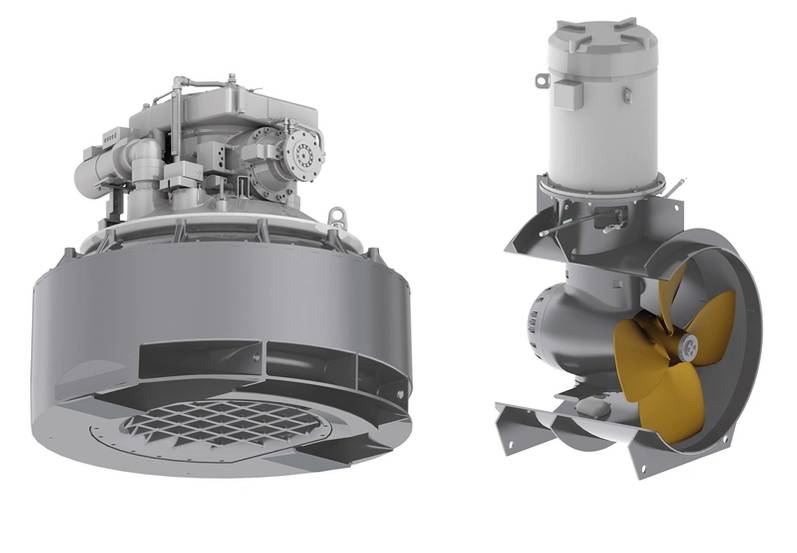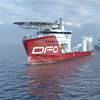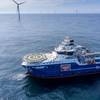Research Vessel Atair to be Commissioned this Spring
A new liquefied natural gas (LNG) powered survey, wreck-search and research vessel built by German Naval Yards Kiel is currently undergoing installation and finishing works at Fassmer in Berne, Germany prior to being commissioned this spring.
Ordered by the German Federal Maritime and Hydrographic Agency (BSH), the new research vessel will be homeported in Hamburg, replacing the previous Atair, which entered operation in 1987.
At 75 meters long and roughly 17 meters wide, the new Atair will be the largest research vessel in the BSH fleet. It will also be the most technologically advanced and environmentally friendly.
The vessel is equipped with two six-cylinder Wärtsilä 20DF dual-fuel engines capable of running on either LNG or conventional liquid fuels, one six-cylinder Wärtsilä 20 engine, two exhaust cleaning systems selective catalytic reduction (SCR) technology and a Wärtsilä LNGPac fuel storage, supply and control system.
Atair has a large 130-cubic-meter tank on board which enables the ship to run on LNG alone for 10 days. When opting for diesel operation (dual fuel), high-quality diesel fuel oil with a sulphur content less than 0.1% is used.
The propulsion system comprises a SCHOTTEL Pump Jet type SPJ 220 (1,000 kilowatts), one SCHOTTEL Transverse Thruster type STT 1 FP (330 kilowatts) in the bow and one SCHOTTEL Transverse Thruster type STT 170 FP (200 kilowatts) in the stern.
The vessel’s underwater noise has been optimized to meet the DNV SILENT Class Notation (SILENT R), and the new BSH ship complies with the stringent International Maritime Organization (IMO) Tier III standards for the emissions of nitrogen oxides (NOx) as well as the regulations of the US Environmental Protection Agency (EPA) Tier IV for soot particle emissions. It meets the requirements for the “Blue Angel” awarded by the German Federal Ministry of the Environment for eco-friendly ship design.
The vessel will be capable of maximum speed of approximately 13 knots and can accommodate a total of 18 crew members and 15 scientists. The equipment includes several laboratories, a station for measuring air pollution while at sea, a crane, a bridle beam for geological activities on the seabed, a large 200-square-meter work deck and extensive diving equipment – including a diving chamber.
Kongsberg's Integrated Vessel Concept for research vessels delivers a fully integrated operator environment, equipped with high level acoustic data acquisition, dynamic positioning, propulsion control, navigation and vessel automation.
MacGregor supplied oceanographic winches and Triplex deck handling systems.
 (Image: SCHOTTEL)
(Image: SCHOTTEL)













